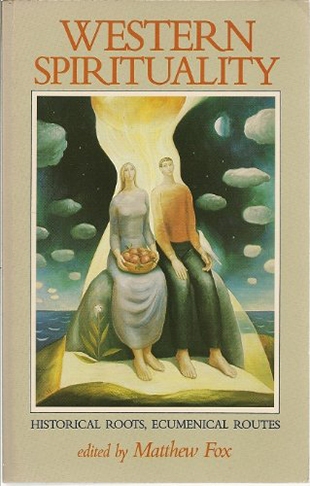"About three hundred years ago, an Indian chief said to the governor of Pennsylvania:
"We love quiet; we suffer the mouse to play; when the woods are rustled by the wind, we fear not.
"The American people need to learn from the Native Americans the love of silence. For many non-Indians in this country, it is tolerated, held in awe, suspected, perhaps desired, occasionally cherished, but rarely cultivated. Silence is part of the traditional way of living for the Native American. It is an easy way, for it gives the soft distance between spoken words, body signals, and action choices. To live with Indian people is to discover a beautiful enhancement of the spirit through silence. Unless they have succumbed to the rush and noise of the mainstream style of life in this country, Indians still reveal this gift of silence.
"They walk with a lighter step — easy on the grasses as they pass through, easy on the dispositions of others. They judge with a held breath, easy on the frailties of fellow human beings. They wait with a long and strong patience, easy on the strains of change and upheaval. They smile with a quiet peace, easy on the contradictions of daily living. You might say, 'All Indians do this?' Perhaps not all. But many. Most.
"The Indian way of eating is one of the best ways to understand their companionship with silence. Easting is slow, deliberately so, and is given enough space to happen. The bread is dipped with attention into the sauce, observed with appreciation, taken to the mouth with a kind of lingering anticipation. I enjoy watching those around me separate the food with care, relish the individual flavors, consider the time it took to prepare each, wonder from whose kitchen or pot it came. It is not that Indians do not speak during a meal, but conversation is not primary. Eating is. It gets full and unembarrassed attention. Usually when people gather for a celebration or a memorial meal, there is an impressive gathering of foods. The lowly pinto bean receives its shares of interest and appreciation. Soups provide ample occasion for reflection. I have found the act of eating with Indian peoples is usually a quiet, pleasant meditation of gifts. Feelings of gratitude come easy. Much communication goes on during the meal, but talk is not steady. Because eating is so daily, there is a beauty in that kind of quiet, thoughtful sharing.
"A friend of mine once visited me on a reservation. We had given a young man a ride for a short distance. After he left the car, my friend remarked, 'What a quiet manner he has. And the way he got out of the car and walked away — it was like a poem spoken without sound.' Most Indian people are very comfortable with silence. They can sit in one another's presence without words for long periods of time. This does not mean that nothing is happening — Indians are highly attuned to nonverbal communication. They pick up movements without seeming to notice; they know impatience or nervousness without a glance up. Practiced silence is a great strength. The Indian children who seem most at peace and least fretful are usually controlled by silence rather than by harsh or loud reminders. A steady look, a quiet smile, calm presence to fussy demands seem to work best. Often, a child is simply gathered up and held, with no direct notice of its crying.
"Part of the understanding of silence as a spiritual value has to do with waiting, with not being impatient. Impatient pacing, persistent watch-checking, aggravated comments — all these are usually lacking at Indian gatherings and meetings. Somehow, the Indian tradition allows more space for individuals at common assemblies. They wait, giving everyone time to get settled. And they wait in silence. In worship services, in ceremonials, there are often long silences. But the waiting is part of the action, not divorced from it.
"Love the quiet? It can become friend. Suffer the mouse to play? It is an extraordinary creature of adaptation. Fear the wind? It teases the imagination into courage if given a chance."
Back to reading a full review of this book.
